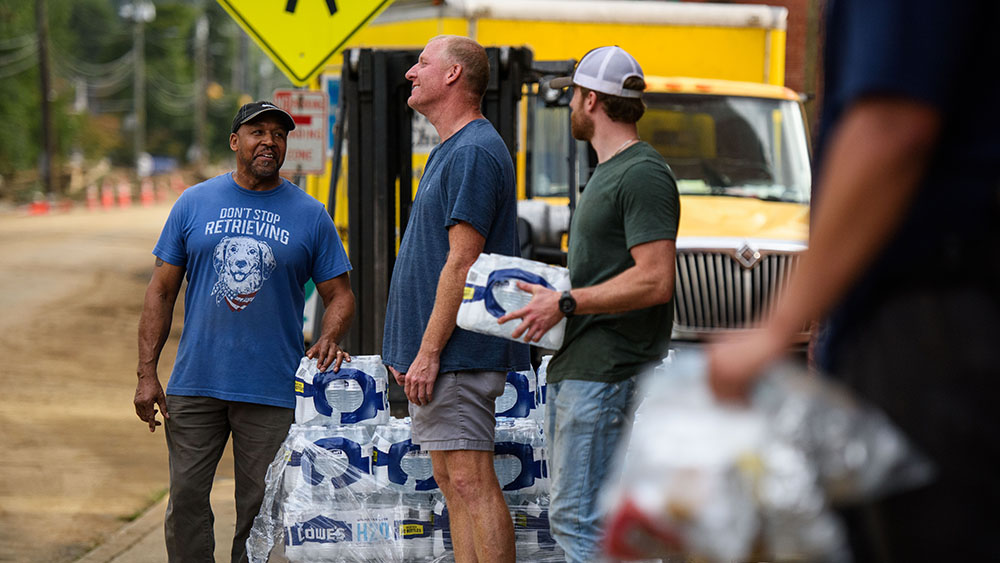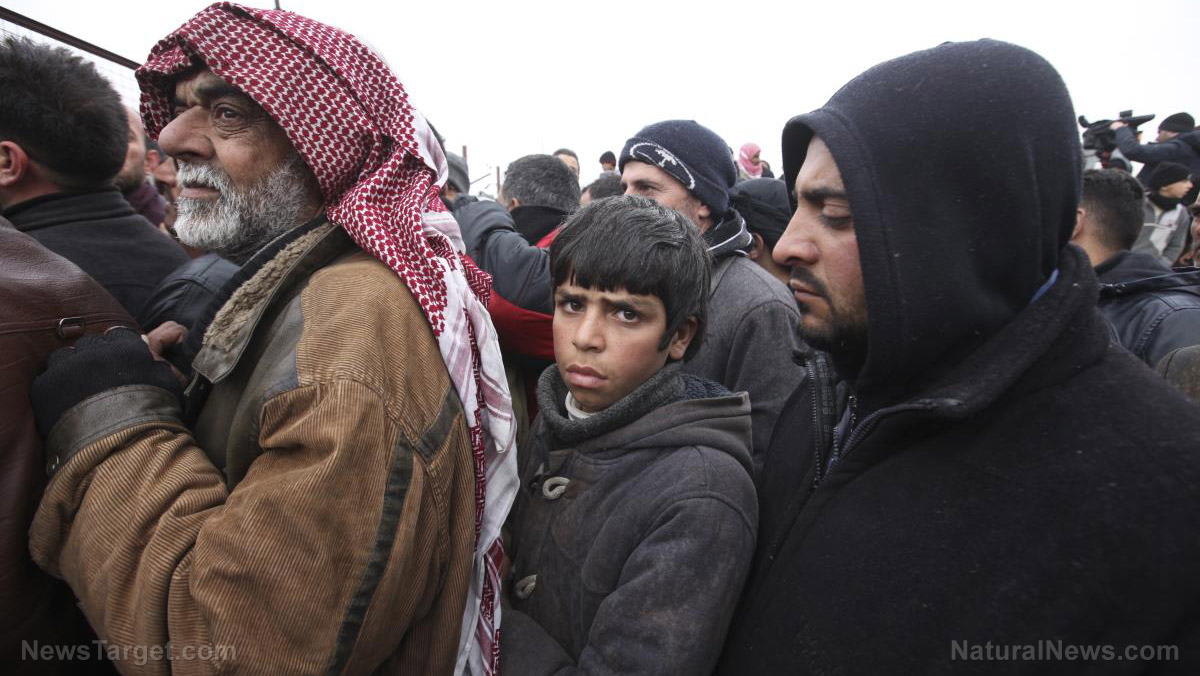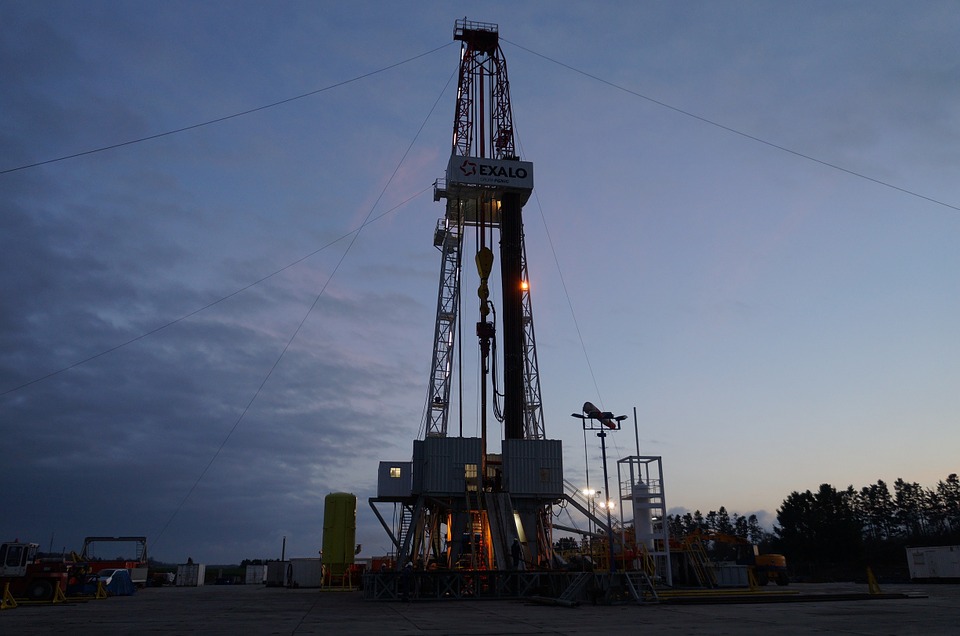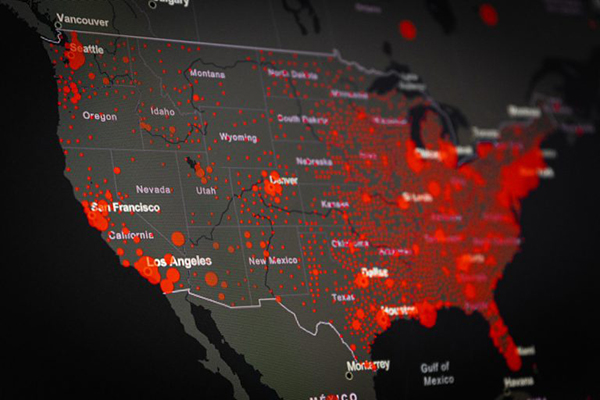Sales of survival bunkers rise following Russia’s use of the Oreshnik hypersonic ballistic missile
12/20/2024 / By Arsenio Toledo

- The first combat use of a hypersonic ballistic missile by Russia sparked a surge in demand in the U.S. for nuclear survival bunkers.
- Texas-based Atlas Survival Shelters reported a fourfold increase in inquiries and sales for survival bunkers following the hypersonic missile strike, with customers on average spending about $500,000 for a bunker.
- The survival bunker market is projected to grow to be worth around $175 million by 2030, fueled by fears of civil unrest and global conflict.
- Experts have warned that commercial bunkers may provide a false sense of security and can’t withstand direct impacts from hypersonic missiles.
- FEMA has advised against bunker construction and instead sheltering in existing structures like basements.
Russia’s recent use of its new Oreshnik hypersonic ballistic missile in combat against Ukraine last month has reportedly triggered a surge in demand for nuclear survival bunkers in the United States.
The missile, which can travel at 10 times the speed of sound and evade Western air-defense systems, was deployed by Russia in response to the U.S. and its allies allowing Ukraine to use long-range missiles on internationally recognized Russian territory. This development has heightened concerns about nuclear threats, driving Americans to seek shelter options.
Ron Hubbard, CEO of Atlas Survival Shelters, a Texas-based survival shelter firm, stated that his company experienced a fourfold increase in inquiries and sales following the Oreshnik strike in Ukraine on Nov. 21.
Hubbard, whose company manufactures bombproof bunkers and nuclear fallout shelters, reported that four customers placed orders within 24 hours of the strike, with many others opting to reinforce their existing bunkers. A customer could spend as little as $20,000 to millions of dollars, excluding installations, and the average customer spends around $500,000 for a bunker.
The Oreshnik strike was not the sole factor driving sales. According to Hubbard, the Wuhan coronavirus (COVID-19) pandemic, the beginning of Russia’s special military operation in Ukraine and Israel’s invasion of Gaza all contributed to an uptick in demand.
Market research indicates that the U.S. market for bomb and fallout shelters is projected to grow from $137 million in 2023 to $175 million by 2030, fueled by ongoing and escalating concerns over terrorism, civil unrest and nuclear conflict. (Related: Tech billionaires are buying up large-scale bunkers and survival gear in preparation for what’s coming.)
No commercially available bunker could survive direct hit from Oreshnik
While Hubbard’s bunkers are marketed as capable of withstanding various disasters, including tornadoes, hurricanes and pandemics, experts caution that no commercially available bunker could survive a direct hit from a hypersonic missile like the Oreshnik.
Additionally, the missile’s Intermediate-Range Ballistic Missile classification limits its range to between 3,000 and 5,500 kilometers (1,864 and 3,418 miles), meaning only parts of the American West Coast would be within striking distance in the event of a full-scale nuclear war with Russia.
Critics argue that bunkers create a false sense of security, diverting attention from the urgent need to prevent nuclear proliferation.
Alicia Sanders-Zakre of the International Campaign to Abolish Nuclear Weapons stated, “Bunkers are, in fact, not a tool to survive a nuclear war, but a tool to allow a population to psychologically endure the possibility of a nuclear war.”
She emphasized that even surviving a nuclear blast does not mitigate the long-term health and societal impacts of radiation exposure.
Government disaster experts, including those at the Federal Emergency Management Agency (FEMA), advise against the construction of bunkers, instead recommending that the public seek shelter in existing structures like basements during a nuclear event. FEMA’s guide on responding to a nuclear detonation emphasizes staying indoors and away from outside walls for at least a day to avoid radioactive fallout.
Despite these recommendations, the bunker market continues to thrive, with buyers prioritizing personal and family safety.
Watch this video discussing how the federal government has its own secret underground nuclear bunker in Pennsylvania.
This video is from the channel The Prisoner on Brighteon.com.
More related stories:
Mark Zuckerberg commissioning secret DOOMSDAY BUNKER in Hawaii, complete with blast-resistant door.
Even regular people are now constructing bunkers due to fears of a nuclear war.
World’s super-rich investing in luxurious “billionaire bunkers.”
Wealthy Americans are ESCAPING CORONAVIRUS by bugging out to luxury survival bunkers.
Sources include:
Submit a correction >>
Tagged Under:
ballistic missiles, big government, chaos, Collapse, Dangerous, hypersonic missiles, military tech, missiles, national security, nuclear bunker, nuclear war, nuclear weapons, Oreshnik, panic, preparedness, Russia, Russia-Ukraine war, survival, survival bunker, Ukraine, violence, weapons tech, WWIII
This article may contain statements that reflect the opinion of the author
RECENT NEWS & ARTICLES
COPYRIGHT © 2017 COLLAPSE.NEWS
All content posted on this site is protected under Free Speech. Collapse.news is not responsible for content written by contributing authors. The information on this site is provided for educational and entertainment purposes only. It is not intended as a substitute for professional advice of any kind. Collapse.news assumes no responsibility for the use or misuse of this material. All trademarks, registered trademarks and service marks mentioned on this site are the property of their respective owners.




















